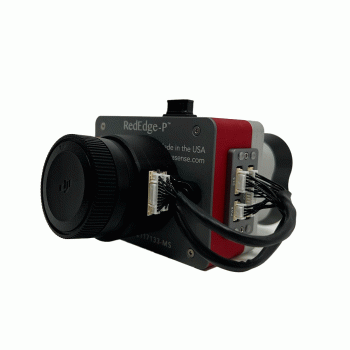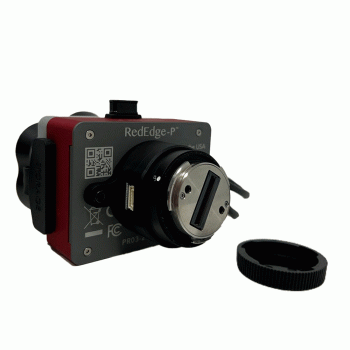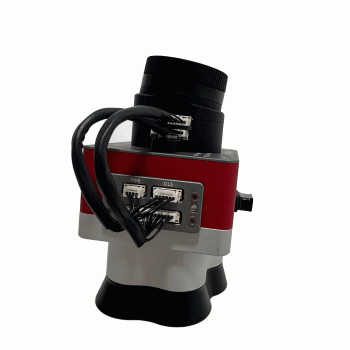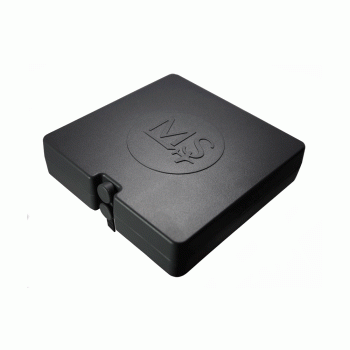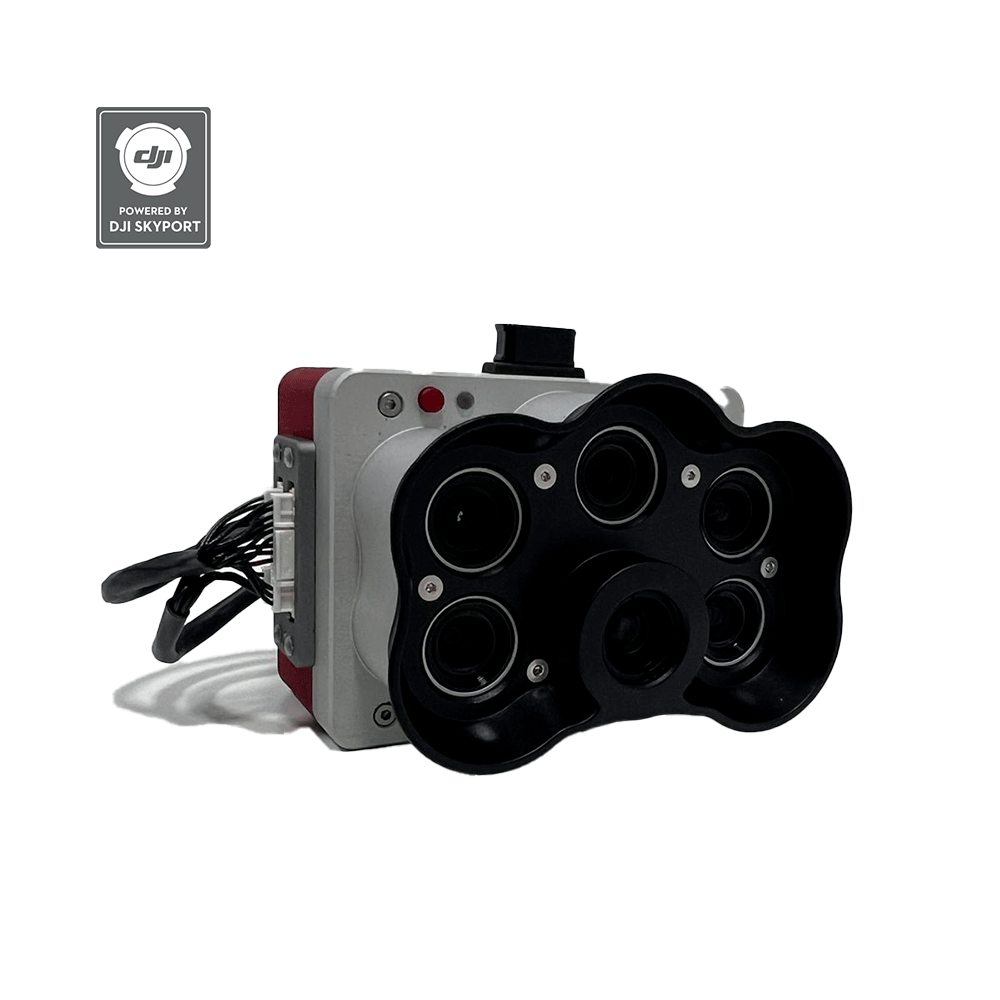MicaSense series

High-resolution multispectral and RGB sensor
RedEdge-P features a high-resolution panchromatic band for pan-sharpened output resolutions of 2 cm / 0.8 in at 60 m / 200 ft.
Its five narrow multispectral bands with scientific-grade filters make it the perfect camera for calculating multiple vegetation indices and composites.
What's included
DJI SkyPort Kit
RTK support for M300 drones. Trigger and control the camera through DJI’s flight planner.
Included:
- MicaSense RedEdge-P sensor
- DLS 2 light sensor with embedded GPS
- CRP2 Calibrated Reflectance Panel
- USB Wi-Fi dongle
- Lens cover
- Integration cables
- Assorted mounting hardware
- CFexpress card
- CFexpress card reader
- Hard carrying case
- Start guide
Meet the RedEdge-P
Features
Industry standard for data quality and repeatability
High resolution panchromatic sensor
With a high-resolution panchromatic imager, RedEdge-P enables higher-resolution RGB and multispectral outputs – 2 cm per pixel / 0.78 in per pixel resolution when flying at 60 m / 200 ft . With sharper imagery, you can spot smaller problems or features sooner and make more reliable management decisions across a variety of use cases.
Five multispectral bands at 1.6 MP each
- Blue (475 nm center, 32 nm bandwidth)
- Green (560 nm center, 27 nm bandwidth)
- Red (668 nm center, 14 nm bandwidth)
- Red edge (717 nm center, 12 nm bandwidth)
- Near-IR (842 nm center, 57 nm bandwidth)
Fast capture rate
RedEdge-P leverages CFexpress, a 2 TB removable storage that enables up to three captures per second*, immediate turnaround time between flights by swapping cards, and fast card-to-computer upload speeds for more efficient data management.*depending on user configuration settings
Global shutter
The global shutter of RedEdge-P allows for distortion-free image captures.
Why RedEdge-PIncrease data accuracy and repeatabilityCalibrated multispectral imageryEach RedEdge-P camera kit comes with a Reflectance Panel for on-the-ground calibration as well as a DLS2 light sensor for irradiance and sun angle measurements. These radiometric calibration tools account for different weather and light conditions, providing more accurate, reliable data that enable time series analysis and comparability of outputs over time.
Powerful AI capabilities
Thanks to the panchromatic band, RedEdge-P enables high-resolution RGB and multispectral imagery for machine learning applications such as plant counting and advanced vegetation research applications.
Compatible with a wide range of drones and processing software
The RedEdge-P SkyPort ensures perfect compatibility with DJI’s M300 RTK drones. The camera also features an open API interface for easy integration with many popular drone and software platforms.
Synchronized capture of high-res RGB and multispectral
Simultaneous capture of up to six bands, enabling multiple high-resolution outputs such as RGB, crop vigor indices and composites (NDVI, NDRE, CIR), and high-resolution panchromatic.
User-driven design
Our products are designed upon customer feedback. The RedEdge-P features twice the spatial resolution of previous RedEdge models, a faster capture rate and RTK support for DJI M300 drones.
Made in USA
All MicaSense series sensors are designed, manufactured and engineered in the USA. Designed specifically for UAV and vegetation mapping
- Plant counting
- Phenotyping
- Plant health mapping
- Fertilizer management
- Disease identification
- Species differentiation
- Advanced crop scouting
- High-res 3D point clouds
Accessories included
Radiometric calibration
DLS2 light sensor
The Downwelling Light Sensor (DLS 2) is an advanced incident light sensor. It measures the ambient light and sun angle for each of the five multispectral bands of the camera. This information can then be used by specialized processing tools to correct global lighting changes in the middle of a flight, such as those that can happen due to clouds covering the sun.

CRP2 Reflectance Panel
The Calibrated Reflectance Panel (CRP2) is a compact on the ground radiometric calibration tool. The panel has pre-measured reflectance values across the visible and near-infrared light spectrum and therefore acts as a “control”. Taking a picture of the calibration panel allows you to assign the known reflectance values and adjust your dataset accordingly during post-processing. As a best practice, CRP images should be captured before and after each flight to provide an accurate representation of light conditions during the flight.





 R$
R$  G$
G$ 

